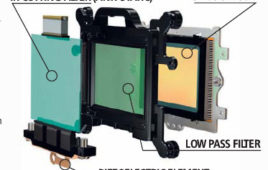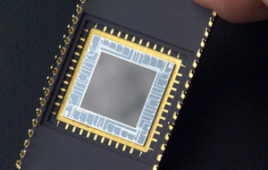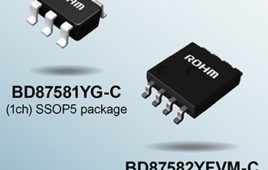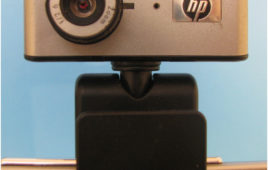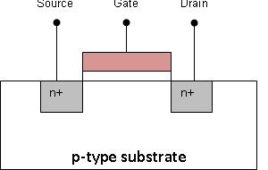Advent of CMOS technology in eighties led to the phenomenal growth in semiconductor industry. Transistors have become smaller, faster, consume less power, and are cheaper to manufacture. It is CMOS technology which has enabled very high integration on the chips leading to modern high performance, miniaturized integrated circuits. Apart from the valuable contribution in miniaturization of integrated circuits, CMOS technology found applications in sensing applications. CMOS technology has been adopted to design sensors, especially in the field of imaging. Due to the wide usage of CMOS based image sensors, CMOS sensors are often considered to be a synonym of CMOS based image sensors and have emerged as a competitor to CCD based image sensors.
What are Charge Coupled Devices?
October 6, 2009, Stockholm, It was a historic moment for digital cameras when their shutters opened for the fraction of a second to capture the committee, award the coveted Nobel Prize to the ones who invented the electronic eyes. Had it not been the duo Willard Boyle and George Smith, those cameras might still have been shuttering light on a photosensitive film and then drying them on rails in the dark room. By inventing the ‘Charge Coupled Device’ and predicting its applications way back in 1969, Boyle and Smith opened up the domain of solid state devices for imaging and memory applications.
ROHM’s EMARMOUR op-amp series achieves noise immunity
ROHM developed the BD8758xY series (BD87581YG-C, BD87582YFVM-C) of rail-to-rail input/output, high-speed CMOS op amps that feature improved EMI immunity for automotive and industrial equipment applications. The series is ideal for applications that require high-speed sensing in harsh environments, such as vehicle engine control units and anomaly detection systems for factory automation equipment. In recent years, advancements…
Insight: A look inside the components of a webcam
Webcam is a device used to capture images, audio and videos. Webcam are either inbuilt or can be externally attached with the laptop or the computer. The most common application of a webcam is video chat, video recording, image capturing. A webcam generally consist of a lens, an image and sound sensors, electronic circuitry to process the data and send it to PC. A variety of webcams with different features are available in the markets. Depending on the features and quality, the technologies used and the prices vary. However the basic function remains the same. You can see an optical lens to capture the images/videos and a small hole to capture sound. The bottom part of the body consists of a plastic casing which provides support to the webcam and a mechanism to fix the webcam on the top of the laptop.
CMOS (Complementary Metal-Oxide Semiconductor)
The first working point contact transistor developed by John Bardeen, Walter Brattain and William Shockley at Bell laboratories in 1947 initiated the rapid growth of the information technology industry. In 1958, J Kilby invented the first integrated circuit flip flop at Texas and soon after this; Frank Wanlass at Fairchild described the first CMOS logic…

